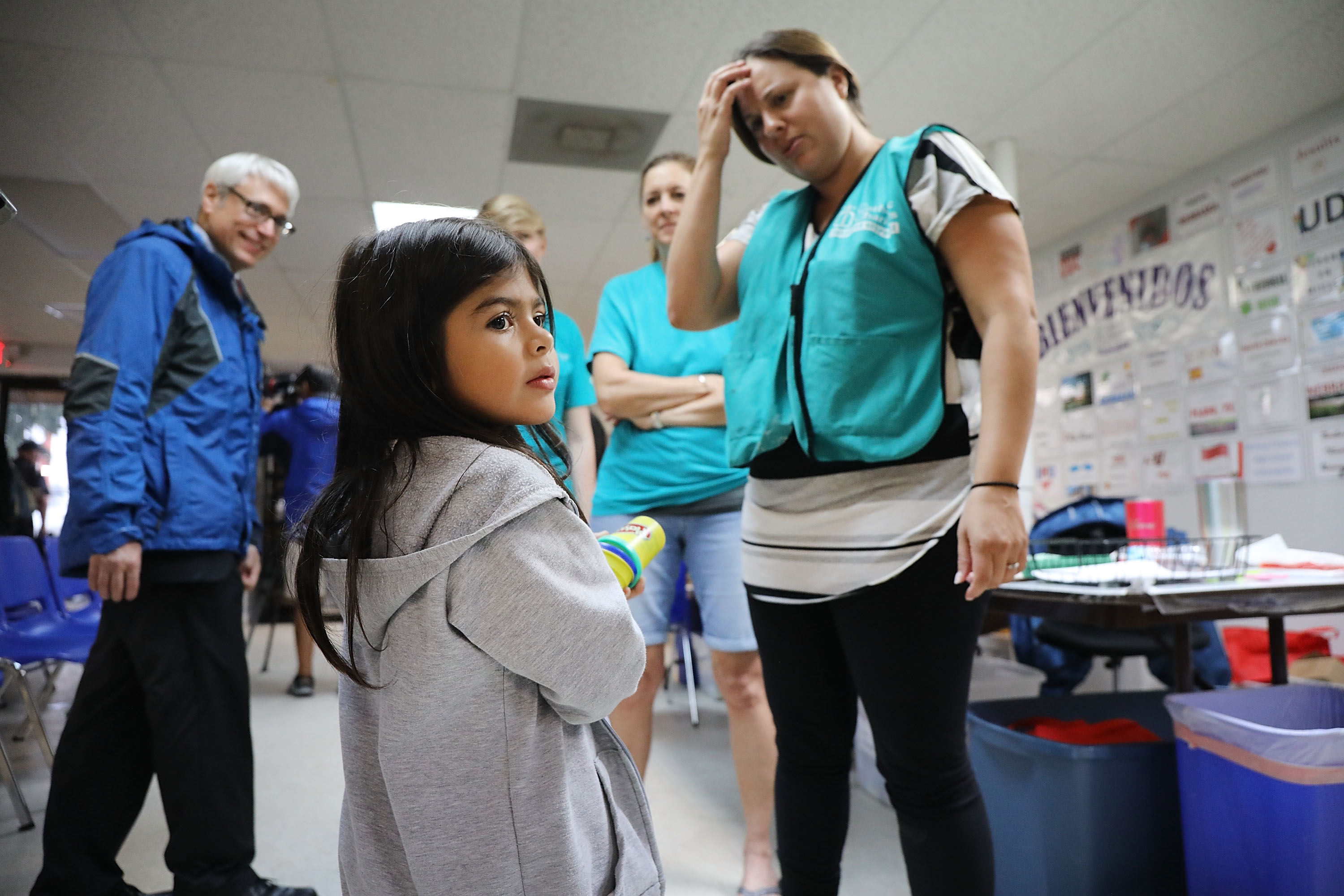Newcomer immigrant youth – refugees, asylum seekers, and unaccompanied children – face unique challenges when involved with the juvenile justice system, say a team of mental health and legal experts who have published a new book on the topic.
Co-authored by UConn Health psychiatrist Julian Ford, the book seeks to raise awareness about those challenges among some of the first people that the youth will meet: juvenile court judges and advocates.
In A Trauma-Informed Approach to Judicial Decision-Making for Newcomer Immigrant Youth in Juvenile Justice Proceedings, the authors outline behavioral, social, and learning challenges that many newcomer immigrant youth experience as a result of trauma. The publication is the work of the Center for Trauma & Juvenile Justice, the National Center for Youth Law, and the Refugee Trauma & Resilience Center, in consultation with the National Council of Juvenile and Family Court Judges.
Ford, professor of psychiatry and law, and director of the Center for Trauma Recovery and Juvenile Justice, works with traumatized youth involved in – or at risk for – the juvenile justice and law enforcement systems. He recently spoke about the publication with UConn Today.
Q. What prompted this publication?
A. This primer was developed with the input of the National Council of Juvenile and Family Court Judges to fill a need by Juvenile Court judges on how best to help immigrant youths who come before their courts to recover from trauma.
Q. How is trauma impacting these young people?
A. They are impacted by violence in their countries of origin and on the journey to the U.S., as well as by race-related and institutional trauma in this country. Many develop a sense of fear, distrust, and even hopelessness that interferes with relationships, school, adjustment to new communities, and their physical health. These problems can persist for many years.
Q. What behaviors do they exhibit as a result?
A. These youth are often distrustful as a result of trauma, and can be very withdrawn or impulsive in an attempt to protect themselves from further trauma. This is a form of “survival coping,” which results from chronically not feeling safe. Justice involvement can occur when these youths feel that they must take extreme steps to protect themselves, which can lead to breaking rules – such as at school – or confrontations with law enforcement.
Q. How likely is it for newcomer immigrant youth to be in situations where they may have to face a judge?
A. Because of their immigration status, these youth often are treated as suspect by law enforcement.
Q. Should judges have special cultural considerations when these youth are presented in their courtrooms?
A. Yes, because these youths’ cultures provide valuable resources that can help them to resolve legal problems. These resources include mentoring and role models, social activities, religious or spiritual guidance, and involvement in traditional practices and activities that teach and support positive values. Judges can learn about these resources by interacting with leaders from the cultural sub-groups in their community.
Q. Are there ways to help these youth avoid situations where they would have to encounter the judicial system?
A. Community and school programs can be valuable sources of prevention. When these programs include activities that help youths from different nationalities and cultures to get to know and respect one another, this fosters a sense of inclusion and safety for the youths and provides them with role models, mentors, and guidance to help them achieve their goals, while also being responsible citizens in their community.
Q. Is there a plan in place to help youths who suffer from this type of trauma?
A. The National Child Traumatic Stress Network has established more than 15 programs nationally for these youths. This network was established by the federal government in 2001 and its centers provide public education, counseling, advocacy, and behavioral health treatment services for children and families, as well as consultation to community leaders and policymakers.



